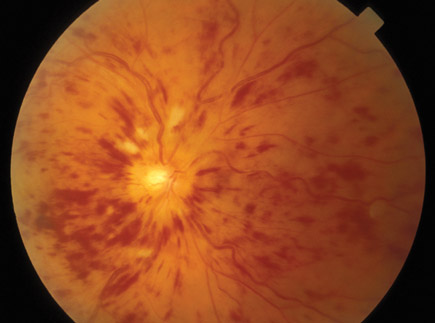Aspirin's use, effectiveness debated
This issue covers topics including aspirin's role in cardiovascular health, conference coverage for palliative care, and the growth of free clinics in medical education.
Research and guidelines generally support low-dose aspirin for secondary prevention of cardiovascular events, but its place in primary prevention is the subject of much more debate. And with bleeding risk an ever-present concern, experts have begun to question routine use of the drug, especially given the increase in statin therapy. Further complicating matters, since aspirin is inexpensive and available over the counter, patients may sometimes opt to take it without consulting their physicians and without awareness of any attendant risks. Our story assesses the research on the use of aspirin for both primary and secondary prevention and provides practical tips on risk thresholds, as well as how internists can determine the ideal management of each individual patient.
The annual assembly of the American Academy of Hospice and Palliative Medicine, held in Philadelphia in February, covered many topics that can be difficult for physicians to address, including hip fracture treatment, withdrawal of life-sustaining therapies, and organ donation. Patients in long-term care who experience a hip fracture often proceed to surgery, but research indicates that might not always be the best thing for them, since risk for complications can routinely exceed any potential benefit. Broaching the subjects of withdrawal of life-sustaining therapies and organ donation, meanwhile, can be fraught with ethical and emotional issues for physicians and families alike. Experts who spoke at the conference offered advice on ways to approach these conversations that will help yield the best possible outcomes. Read our story learn more.
Free clinics are an important source of health care to patients who might not otherwise have any. But they're important to the people who staff them, too, more and more of whom are medical students. A recent study in JAMA noted that the number of medical schools with free clinics run by students has more than doubled over the past decade, with an accompanying commentary noting that they often offer a type of hands-on experience that can otherwise be unavailable until later in medical training. Our story of this issue looks at how these clinics operate, what kind of patients they see, and what medical students as well as their supervisors get out their participation.
The July/August issue of ACP Internist will feature a wrapup of our coverage from Internal Medicine Meeting 2015, held April 30-May 2 in Boston. If you went to the meeting, we'd love to hear your thoughts. Which sessions offered the most value to you this year? How did you celebrate the College's Centennial? Let us know.
Sincerely,
Jennifer Kearney-Strouse




